Spring Science.
Posted on | March 25, 2016 | 2 Comments
I thoguht it was the Vitamin D. After all, spring might bring a lot of chores, but it brings a lot of sunshine, too. Perfectly warm sunshine with cooling breezes and enough shades of green to dazzle and awaken even the most bleary winter mind. So even though the the first row of peas was being choked out by chickweed….
and the second row didn’t germinate at all….
I wasn’t too upset. Especially since Pretty is taking Horticulture at school and weeding and resowing seeds counts as a completed homework assignment for her. Gotta love it!
Big already helped out by burning all the weeds along the fence line, focusing on the honeysuckle that is trying to pull down the garden perimeter fence. It’s nice to see the clear ground but it’s slow, back-breaking work to cut the remaining vines at the surface level.
I’ve been cutting a 4-5″ gap between the base of the vine and the rest of it on the fence to slow down it’s growth. It’s tedious but it’s working.
The burning also cleared all the debris off the asparagus patch and I was hoping for a bumper crop. I watched the plot carefully, waiting for stalks. I checked every day as I watered lettuce and broccoli and chard. Nothing. I checked it while I removed and replaced frost covers with changing temperatures. Nothing. I checked as I mowed the garden for the first time. Nothing. I began to worry that burning had damaged the asparagus roots in some way. Then I threw an Easter egg hunt. And went to the beach. And worked a couple extra shifts. And as soon as my back was turned, the asparagus jumped up and grew into 3 bitter feet of asparagus stalks.
Huh. Who knew asparagus had that kind of tricky defense mechanism? Just to teach the other stalks a lesson, I stood in the garden and ate it anyway. Sure I had to spit out the first 10 few bites because my mouth was flooded with bitterness. But eventually I reached the thin, tender sweet part of the stalk. And it was worth it. And now I am back to watching carefully. I see you. Don’t even try it.
The summer plants in the greenhouse are flourishing and growing faster than the temperatures are warming up outside.
So I am hauling compost to the greenhouse to transplant tomatoes that are outgrowing their pots….
….and frantically cleaning out the barn to prepare the garden beds for summer transplants. Wheelbarrow after wheelbarrow of manure and hay to compost in place, warm the soil, and protect the transplants from any sudden chill once they’re in the ground. 2 down and still 2 more long rows to go.
Despite all the work, it was cheery to have fresh dirt to plant all the iris bulbs my friend gave me. Jackpot!
And even the thought of hauling these leaves for the third time couldn’t get me down. First they were in the yard. Then on the squash row. Next on the tomato row. And now they need to be moved to mulch the blueberries.
It could be that I’ve been gardening long enough to simply accept the work that accompanies the creation of fresh veggies. Or it could be that hauling soil around in flip flops and bare hands is a free antidepressant—–keeping you going even during the heavy lifting. That’s what the scientists are beginning to think, anyway.
The garden is taking up so much time that I didn’t get my perennial bushes moved out of the woods. The leland cypress have swallowed up my hydrangea but I didn’t get them dug up and moved before they started to bud.
It’s just so hard to be upset about that when each trek up and down the driveway with a full wheelbarrow reveals something else bursting into bloom around me. Which is something the scientists know, too. Just walking in nature improves mental health. It actually makes positive changes in the brain.
I did spend an entire day mucking out the koi pond. And I mean mucking, mucking, mucking.
While the frogs and toads supervised closely.
The koi were still alive and the pond was crystal clear when I was done. The waterfall was broken and I had to order some replacement parts, but it was still an impressive feat of spring cleaning.
Until a torrential spring thunderstorm flooded the backyard, washing dirt and muck right back into the pond.
I stood looking at the pond, admiring the new tadpoles. Because even after all my hard work was wasted, I couldn’t help but enjoy that sign of life moving on, starting over.
Plus in the midst of the muddy waters, the frogs and toads were still plotting more. Determined to take over the world with amphibian offspring. I couldn’t help but smile. Weird, I know. I thought Vitamin D is sure a powerful drug.
But later that night, I was in bed reading Surviving Survival: The Art and Science of Resilience by Laurence Gonzales. It’s a great book—a discussion of the methods people use to adapt to life after traumatic events and the brain functions involved in their recovery. You should read it. But I found a section that explained exactly what happens when you’re mucking out the pond, pouring out bucket after bucket of muddy sludge. Or hauling wheelbarrow after wheelbarrow down the driveway. Transplanting plant after plant into a roomier pots.
“….By engaging the seeking pathway with a task that you can achieve, most people can break the cycle of fear, rage, exhaustion, and depression. Not only does the seeking pathway compete with the rage pathway and its effects, but it also connects with the reward system in the brain. Successfully activating the seeking pathway makes you feel good….
…Active coping could physically redirect the flow of information in the brain away from the rage pathway (amygdala, pariaqueductal gray, and hypothalamus) back to the basal ganglia, thus leaving fear and depression behind and ‘getting on with life.’…The basal ganglia coordinate the processes that go into forming habits (or learning new skills)….And tellingly, a structure within the basal ganglia is activated during feelings of safety, reward, and simply feeling great. It’s called the striatum and drugs such as cocaine set it off, but so does the learning of a new habit or skill and the performance of organized patterned activities, perhaps even knitting….
…It felt safe and good to perform those patterned, repetitive activities that entrained the seeking pathway.”
The italics and bold are mine. Because, remember this? When I wondered why other people needed drugs to get to a 15 out of 10 happiness scale? Who needs cocaine when you have gardening??? And even the scientists recognize that knitting is as good as drugs!!! Knitting!
Maybe it’s the Vitamin D. Or the antidepressants in the soil. Could just be walking around in nature. Perhaps simply working your way through the spring chores—step after step. How can the frustrations of life bring me down when a farm is just one big active coping mechanism? A huge daily performance of organized patterned activities. A coping mechanism that produces eggs, fiber, and vegetables. In addition to happiness.
That’s not even counting the baby goats. The baby goats I get to see without even having to take care of them. Is there any research on how baby goats make your heart sing? Do we even need the research?
Nope. We already know.
“
Comments

2 Responses to “Spring Science.”
Leave a Reply
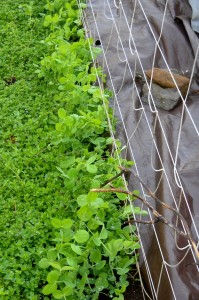
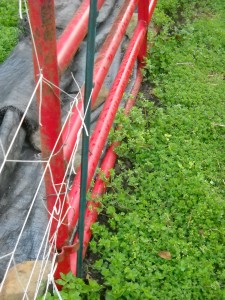
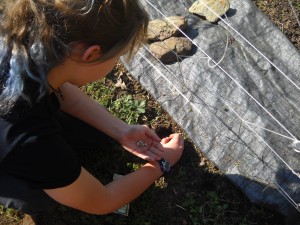
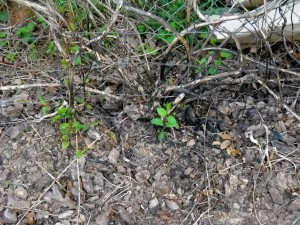
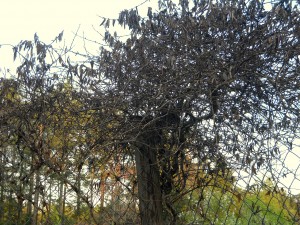
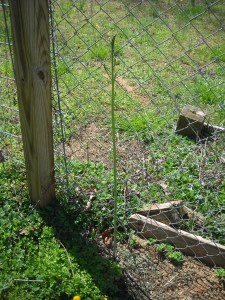
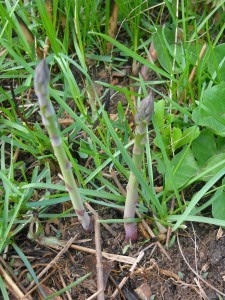
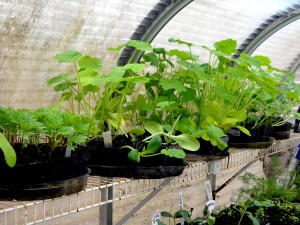
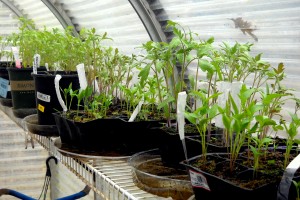
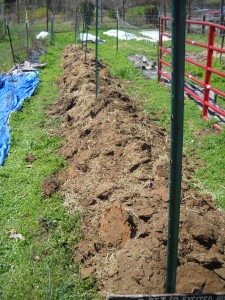
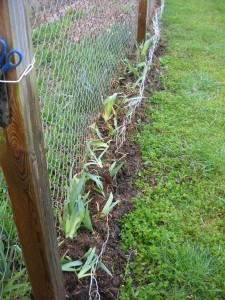
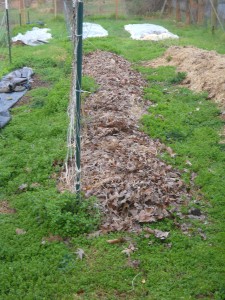
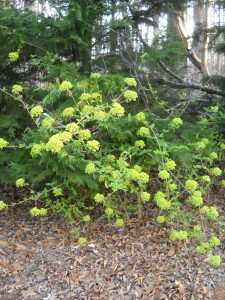
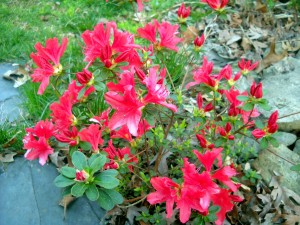
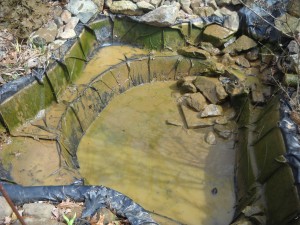
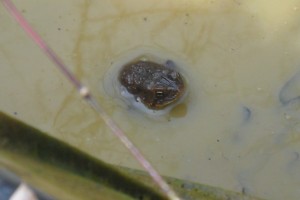
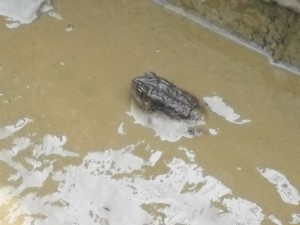
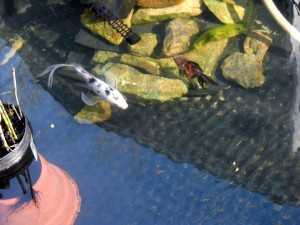
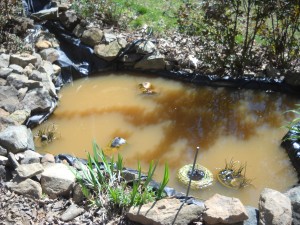
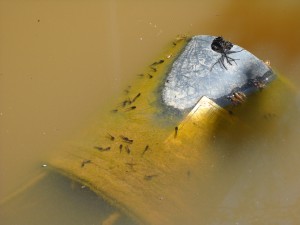
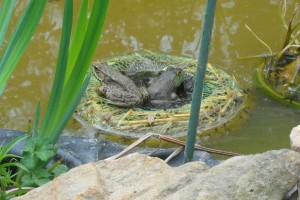
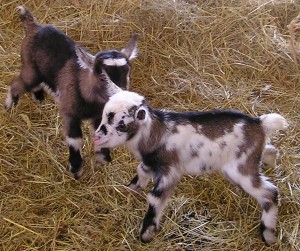



April 14th, 2016 @ 9:44 am
Baby Goats work for me!!!
April 21st, 2016 @ 8:15 am
Love spring, love this post!